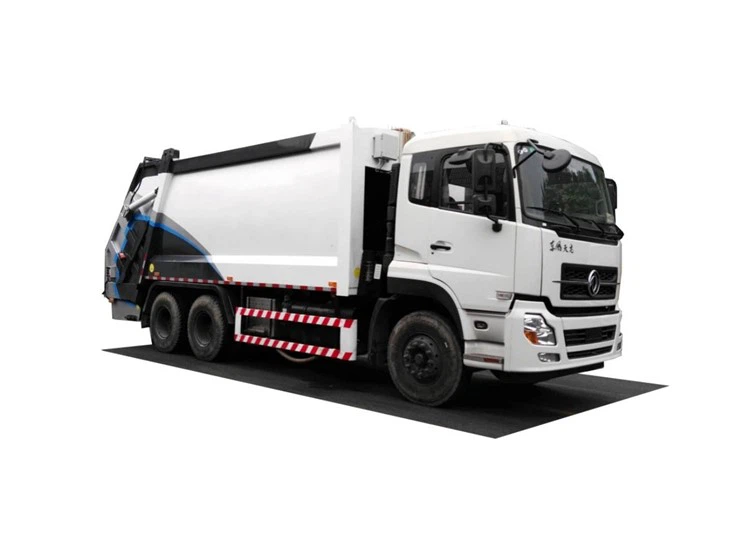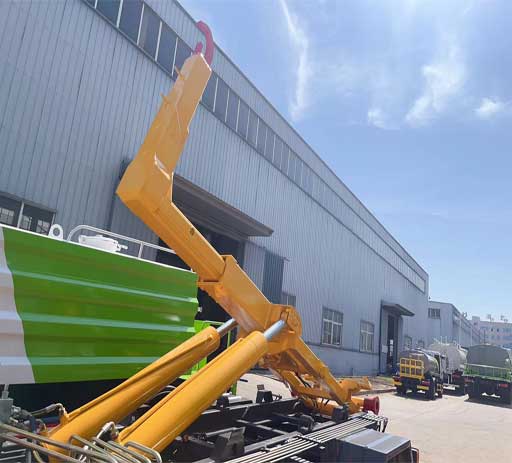Understanding Petrol Tankers: The Backbone of the Fuel Industry

Petrol tankers play a crucial role in the transportation of fuel across the globe. From the bustling ports to the quieter coastal facilities, these vehicles and vessels are integral to the supply chain of petroleum products. In this article, we will delve deep into the anatomy of petrol tankers, their operation, types, regulations, and much more. Whether you’re a consumer curious about how fuel reaches your gas station or a student looking to understand the logistics involved, this comprehensive guide will provide valuable insights.
1. What is a Petrol Tanker?
A petrol tanker is a specially designed vehicle or vessel used for transporting petrol and other liquid fuels. These tankers can be classified into various categories based on their size, design, and purpose. Understanding the unique features of petrol tankers helps us appreciate their role in fuel distribution.
2. The Anatomy of a Petrol Tanker
2.1 Design and Structure
Petrol tankers are constructed according to specific safety standards to prevent leaks and spills. They typically include:
- Tank: The large compartment where petrol is stored.
- Pumping System: Equipment used to transfer fuel during loading and unloading.
- Safety Valves: These are essential for pressure management and spill prevention.
- Insulation: Some tankers have insulated tanks that maintain the liquid at a designated temperature.
2.2 Types of Petrol Tankers
Petrol tankers can be broadly categorized into two types:
| Type | Description |
|---|---|
| Road Tankers | Specifically used for transporting fuel by road. They often have multiple compartments to carry various fuels. |
| Marine Tankers | These larger vessels transport fuel over oceans and seas. They are designed to carry vast quantities at once. |
3. The Loading and Unloading Process
3.1 Loading Petrol Tankers
The loading process involves several meticulous steps to ensure safety and efficiency:
- Inspection of tanker for leaks or damages.
- Connection of the loading hose to the storage tank.
- Careful monitoring of fuel flow during loading.
- Sealing and pressure testing before departure.
3.2 Unloading Petrol Tankers
Unloading requires similar caution and procedures:
- Inspection of delivery site.
- Connection of the unloading hose to the receiving storage tank.
- Control of flow rate and monitoring for safety.
4. Regulations Governing Petrol Tankers
The operation of petrol tankers is guided by a myriad of regulations designed to ensure safety and environmental protection. Key regulatory bodies include the International Maritime Organization (IMO) and national agencies like the Environmental Protection Agency (EPA) in the U.S. Major regulations include:
- Certification and licensing of drivers and operators.
- Mandatory safety equipment and training.
- Specifications regarding tank design and materials.
5. Safety Protocols in Operating Petrol Tankers
5.1 Best Practices for Operators
Maintaining a high safety standard is essential in tanker operations. Here are some best practices:

- Regular maintenance and inspection of the tanker.
- Adherence to safety protocols during loading and unloading.
- Use of personal protective equipment (PPE).
5.2 Emergency Response Procedures
In case of spills or accidents, operators must have a clear response plan that includes:
- Evacuation procedures for personnel.
- Notification protocols for emergency services.
- Containment methods for spills.
6. Environmental Impact of Petrol Tankers
While petrol tankers are essential for fuel distribution, they can have significant environmental impacts if not managed properly. Key concerns include:
- Oil spills and their effects on marine ecosystems.
- Air pollution from vapors during loading and unloading.
- Non-compliance with environmental regulations leading to fines and penalties.
To mitigate these effects, tanker operators and companies are adopting greener technologies and practices.
7. Future Trends in Petrol Tanker Technology
The petrol tanker industry is evolving with technological advancements. Some notable trends include:
- Automation of loading and unloading processes.
- Use of drones for inspections and monitoring.
- Integration of GPS and tracking technologies for better logistics.
8. Case Studies: Successful Petrol Tanker Operations
8.1 Case Study: ABC Tankers Ltd.
ABC Tankers Ltd. has successfully integrated green technologies into their operations, reducing their carbon footprint and improving safety protocols. Their use of automated systems has increased efficiency in loading and unloading processes.
8.2 Case Study: Global Fuel Transport Inc.
This company tackled oil spill incidents by implementing advanced monitoring systems that alert operators to potential issues before they escalate, showcasing the importance of technology in modern operations.
9. Practical Tips for Consumers
As consumers, you may not deal directly with petrol tankers, but understanding how they operate can empower your choices. Here are some practical tips:
- Support local fuel suppliers who prioritize safety and environmental standards.
- Stay informed about fuel sourcing to promote sustainable practices.
- Participate in community discussions about energy and transport to advocate for better policies.
10. FAQs About Petrol Tankers
10.1 What are petrol tankers made of?
Petrol tankers are typically made of steel or aluminum to ensure durability and resistance to corrosion.
10.2 How does fuel leakage from a tanker occur?

Fuel leakage can occur due to poor maintenance, accidents, or equipment malfunctions during loading or unloading processes.
10.3 What is the capacity of a petrol tanker?
The capacity of petrol tankers can vary widely, ranging from a few thousand liters for road tankers to hundreds of thousands of liters for marine tankers.

10.4 How often must petrol tankers be inspected?
Petrol tankers should be inspected regularly as per regulatory requirements, usually annually or bi-annually, along with any necessary routine checks before each trip.
10.5 Are all petrol tankers the same?
No, petrol tankers come in different types and sizes, tailored for specific needs, such as road transport or marine shipping.
10.6 What are the safety certifications required for petrol tankers?
Safety certifications vary by region but typically include compliance with regulations set forth by bodies like the IMO and EPA, as well as local transport authorities.
